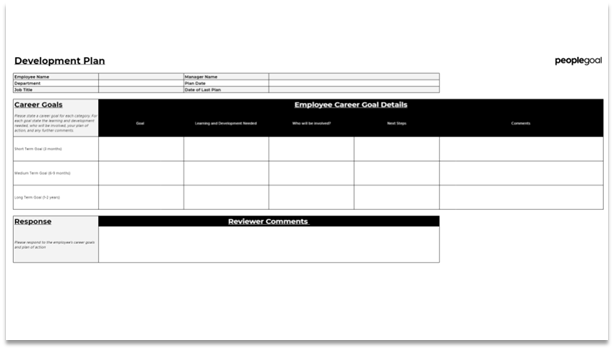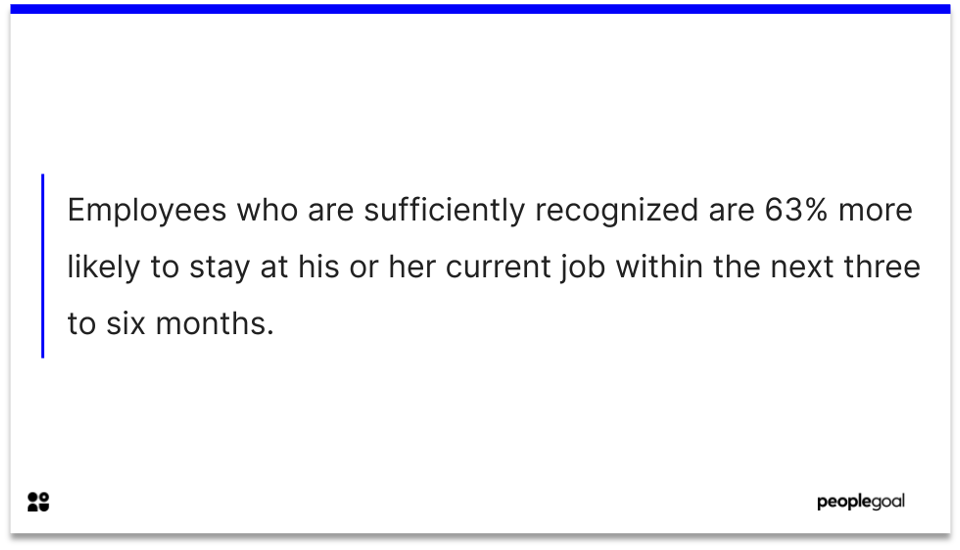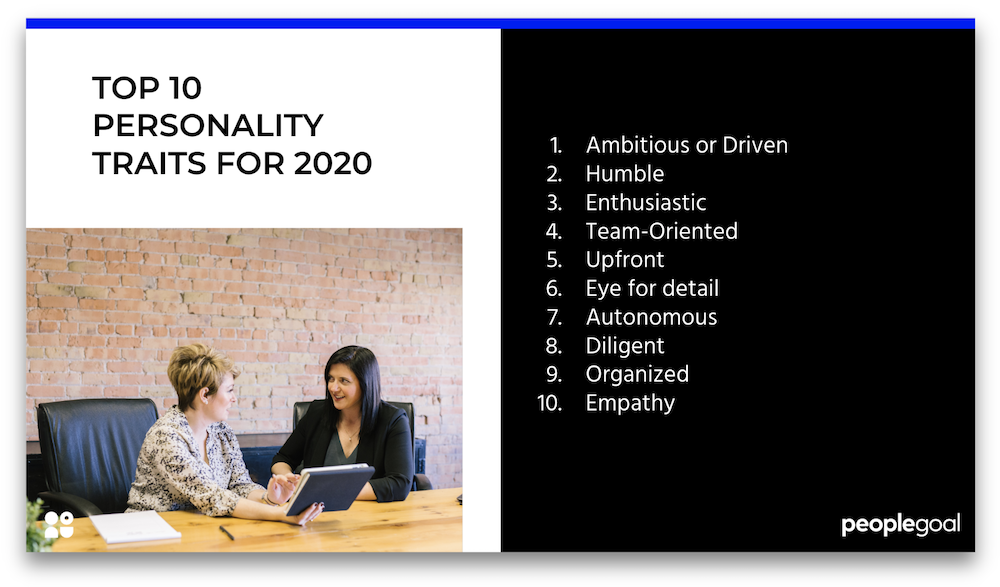Performance Management is a key component of Human Resources Management in any organization. It is crucial for managers to understand the strengths and weaknesses of their employees and how this will impact their organization.
Since the 1970s, many organizations have used a talent matrix to evaluate employee performance and potential. This helps identify which employees require further training and development and who is eligible for promotion.
The talent matrix varies across industries and occupations. It is important to define performance and potential within these contexts and state how you will measure these. We will provide 5 top tips to create your own talent matrix and two downloadable templates.
What is a Talent Matrix?
A talent matrix is a talent management tool used by organizations to assess performance and potential. They are conducted once a year and followed up with a one-on-one with between every employee and their manager.
A talent matrix is useful for identifying your organization’s top talent. This can inform rewards and recognition and helps managers build succession plans for their employees.
Equally, a talent matrix can be used to identify employees who need more training. Managers can help write development plans and arrange coaching or mentoring schemes.
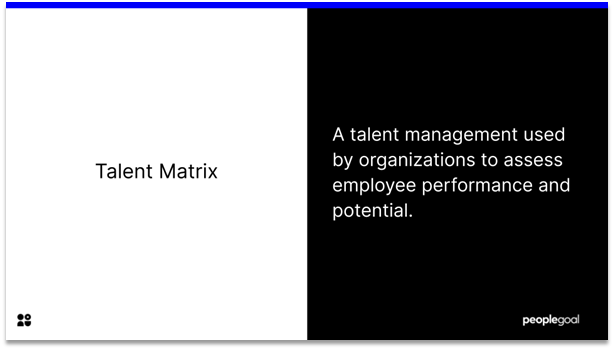
Click here for a guide on how to build a successful development plan 👈
The Advantages of a Talent Matrix
The 9-box talent matrix was initially created by McKinsey in the 1970s. Many organizations opt to use it because it is a simple process that groups employees by their performance and potential.
Research by CIPD shows that there is a bias in traditional performance ratings. The talent matrix reduces bias as employees are judged against the same pre-defined criteria. An average score is determined through multiple managers’ contributions.
Gallup further identified that only 21% of employees believe that their performance metrics are within their control. A talent matrix can be shared with employees to ensure they understand how they are assessed and how they can improve.
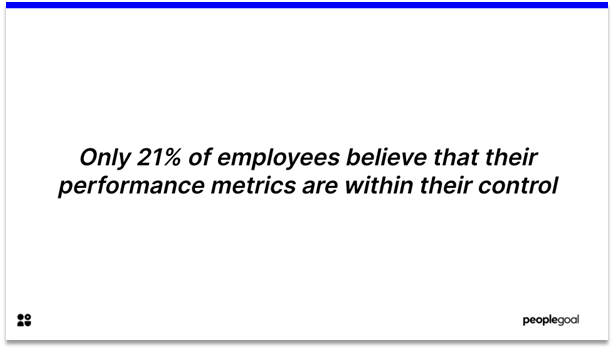
How to Create a Talent Matrix for your Company
A talent matrix is integral to Human Resources Management to identify the strengths and weaknesses of your employees. We have identified 5 key steps to build a 9-box grid or a 16-box grid:
- Define how your company understands performance and potential
- Identify the metrics your company will use to measure performance and potential
- Create a two-way table to compare performance and potential assessments
- Discuss with other managers each employee’s performance and potential to place them into a single category
- Arrange a one-on-one with every employee to deliver feedback and make future arrangements (e.g. write a development plan or a succession plan)
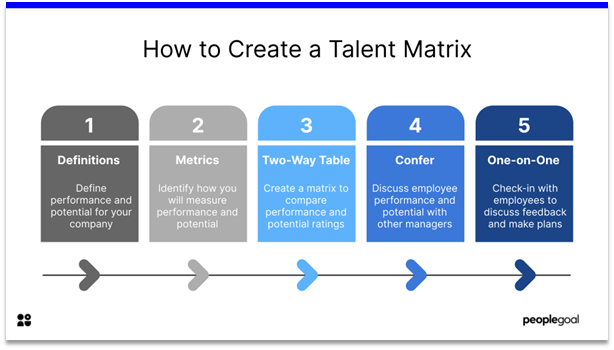
1. Define Performance and Potential
When assessing performance it is important to consider whether an employee is fulfilling their job requirements and meeting their targets. Ask yourself:
- Does an employee have the relevant skills, abilities, and subject matter knowledge for their role?
- Does an employee have the ability to develop and maintain working relationships?
- How does an employee perform in their yearly/quarterly performance reviews?
In terms of assessing potential, managers should reflect upon an employee’s capacity to grow professionally and move into a managerial role. You should ask yourself:
- Is an employee a good leader?
- Is an employee motivated?
- Does an employee have the capacity to direct others and guide them to success?
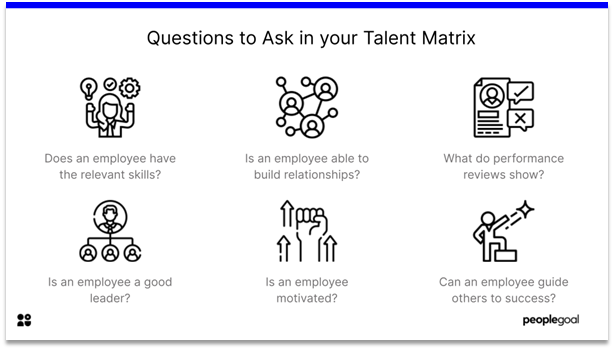
2. Identify Performance and Potential Metrics
It is important to consider how you will measure performance and potential. This is often linked to KPIs and is context dependent. It will vary between industries, departments, and job roles.
💡 TIP: Remember that there is a difference between performance and potential. High performance does not always translate into success as a leader.
3. Create a Two-Way Table
Using your definitions of performance and potential, and the key indicators you have established, create a two-way table.
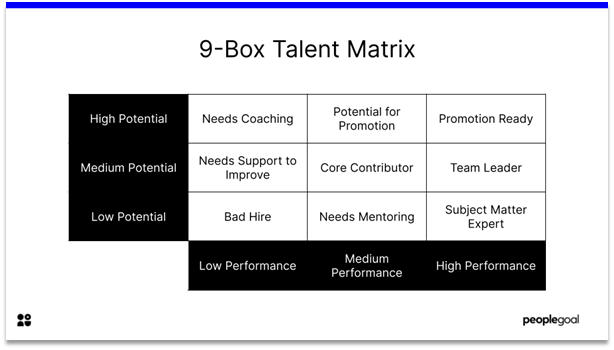
Click here for a 9-box talent matrix template👈
4. Discuss with Managers to Categorize Employees
Arrange a meeting with other managers to discuss an employee’s performance and potential. It is crucial to obtain various perspectives to reduce bias and find an average score.
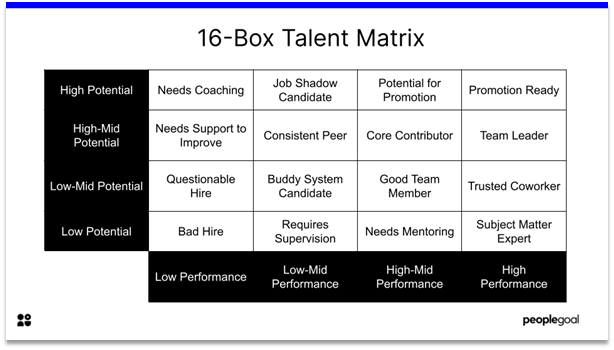
Click here for a 16-box talent matrix template 👈
5. Arrange a One-on-One
Arrange a one-on-one with every employee to deliver feedback. If an employee has high potential, it is important to build a succession plan and discuss upcoming possibilities for promotion. Recognizing and rewarding an employee will result in greater engagement.
On the other hand, if an employee receives negative feedback, it is essential to discuss a development plan. Managers will need to find training and development opportunities to help employees build their skills.
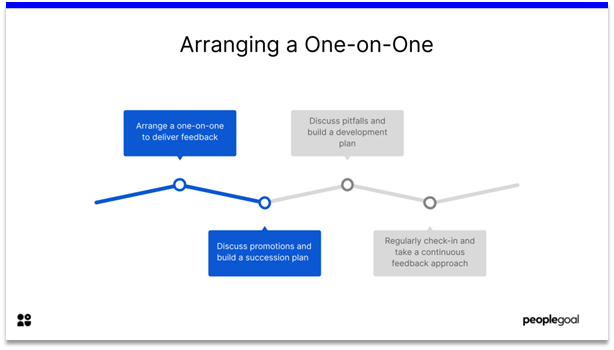
Click here for a guide on how to build a succession plan 👈
A Successful Talent Matrix: Our Concluding Thoughts
A talent matrix is an employee performance management technique which measures performance and potential. This is useful for identifying who requires training development and who should be considered for promotions.
We have provided two sample templates. Please feel free to download and edit them to identify your next steps!
⭐ Book a Demo with PeopleGoal today or check out our app store
Ready to 3x Your Teams' Performance?
Use the best performance management software to align goals, track progress, and boost employee engagement.



